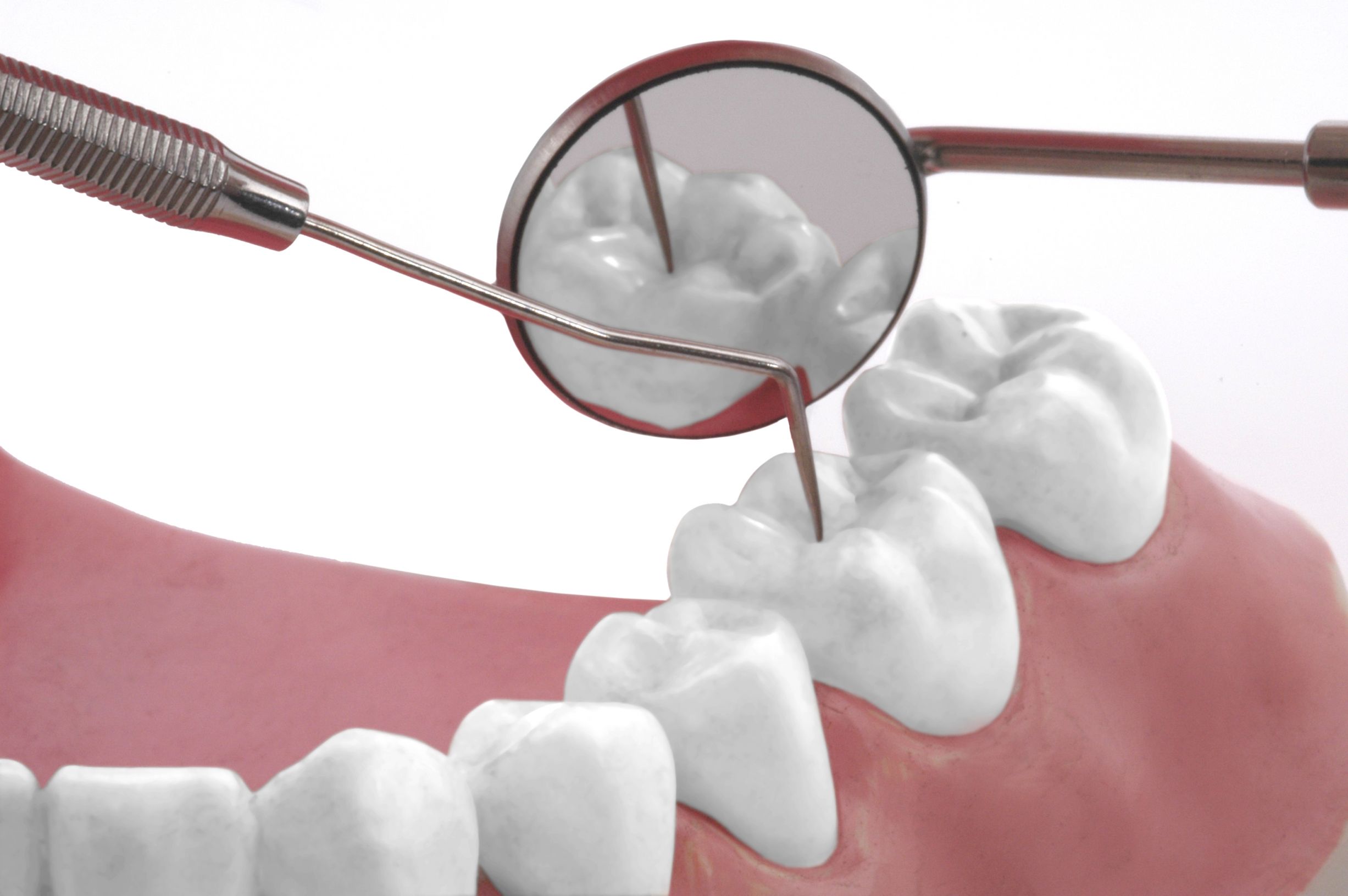Scientists designed angiography, or arteriography, to study the health of veins and arteries. Though often associated with the heart, angiography can be used to determine whether blood vessels throughout the body are blocked, damaged, or malformed. In short, they can help determine whether you have an existing problem in your body.
Traditionally, angiography, also known as x-ray or catheter angiography, required minimal invasion of the body with only a small tube threaded through the body to the area being studied. From there, technicians injected dye designed to highlight blood vessels and make them simpler to see on X-ray images. With CT scan angiography, you get a slightly different process.
CT Scans
With CT scan angiography in Riverhead, NY, such as that performed at North Fork Radiology, professionals, require no tube at all to perform the procedure. Instead, technicians placed the dye in patients via a simple injection in the arm. CT scan angiography uses computed tomography (CT), also known as a CAT scan, to create images of blood vessels without the need for anything more invasive than a simple shot. For this reason, patients enjoy a more comfortable experience and have fewer worries when told they need a scan.
Faster
Compared to traditional options, CT allows doctors to save crucial time when testing patients, giving them a larger window to find, diagnose, and then treat an illness or injury. Aneurysms, torn blood vessels, plaque buildup, and blockages in the vessels are just a few of the things CT scans help doctors find. No matter what might be wrong with your vessels, this scan is capable of spotting issues with little to no discomfort for the patient. While you still need to get a shot, you stand to gain quite a bit from this test, such as your life and continued health.
You can also visit them on Facebook.








